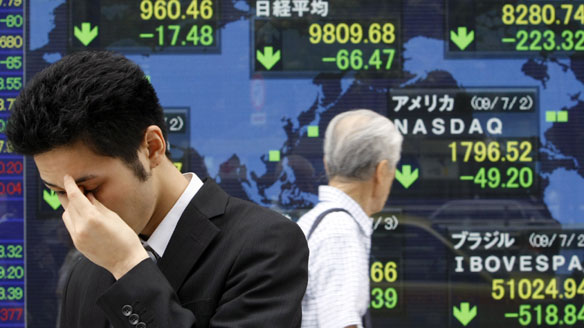Oil prices rose on Wednesday, extending the previous session’s gains, driven by optimism that the lifting of China’s strict COVID-19 curbs will lead to a recovery in fuel demand in the world’s top oil importer.
Brent crude futures firmed 63 cents, or 0.73%, to $86.55 a barrel by 0401 GMT, following a 1.7% rally in the previous session. U.S. West Texas Intermediate (WTI) crude futures rose 68 cents, or 0.85%, to $80.56, having risen 0.4% on Tuesday.
China’s economic growth slowed sharply to 3% in 2022, missing the official target of “around 5.5%” and marking its second-worst performance since 1976.
But the data still beatanalysts’ forecasts after China started rolling back its zero-COVID policy in early December. Analysts polled by Reuters see 2023 growth rebounding to 4.9%.
The Organization of the Petroleum Exporting Countries (OPEC) said in a monthly report that Chinese oil demand would grow 510,000 barrels per day (bpd) this year after contracting for the first time in years in 2022 due to COVID containment measures.
Asia Stocks Slide; Topix Rallies, Yen Drops on BOJ
Meanwhile, most key Asian equity benchmarks fell in choppy trading Wednesday while the yen slumped, Japanese stocks rallied and the nation’s government bond yields whipsawed after the central bank kept its key settings unchanged.
Contracts for the S&P 500 reversed declines and Treasury yields slid after the Bank of Japan policy meeting. The yen depreciated as much 2.4%, the most since since June last year, while a gauge of dollar strength climbed about 0.4%. While economists had expected Governor Haruhiko Kuroda to stand pat for now, traders have been testing policy makers.
The benchmark 10-year Japanese government bond yield breached the central bank’s target ceiling of 0.5% for a fourth day, before plummeting more than 10 basis points.
Overnight in the US, Goldman Sachs Group Inc. shares fell after the lender reported a drop in investment-banking fees in the fourth quarter. Morgan Stanley, which also reported Tuesday, was buoyed by revenues from its asset and wealth management divisions, pushing its stock higher.















